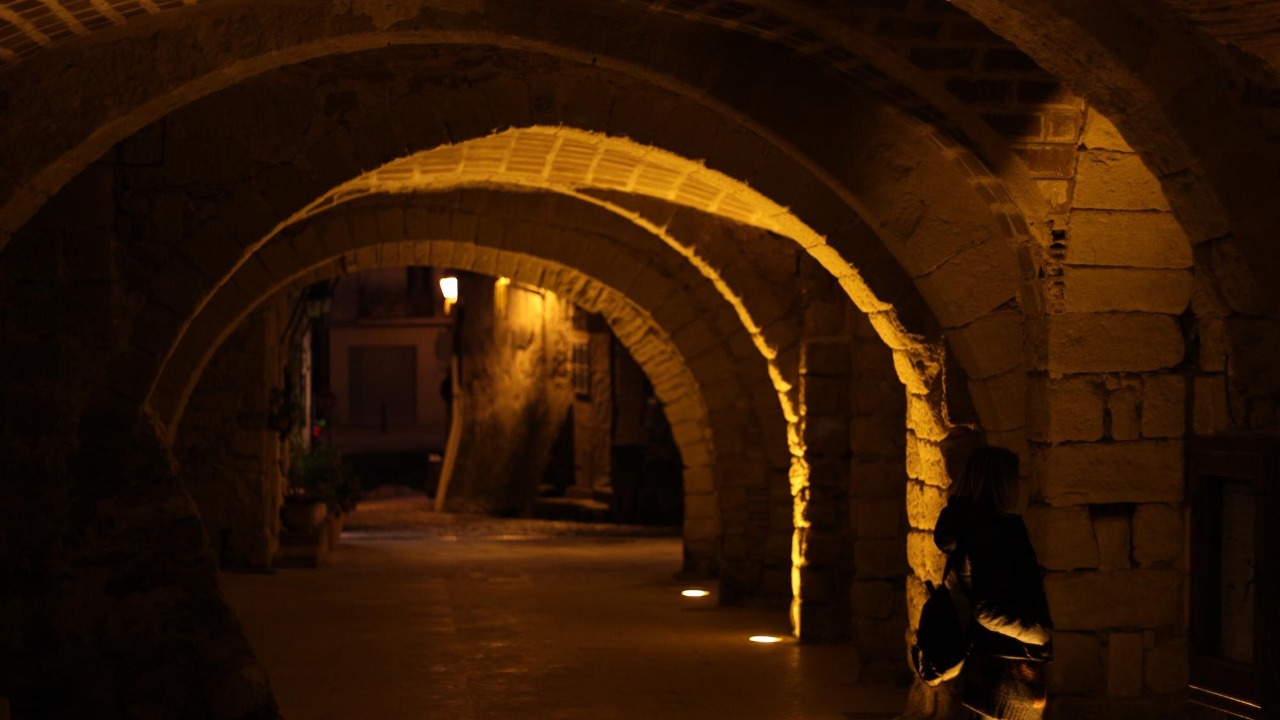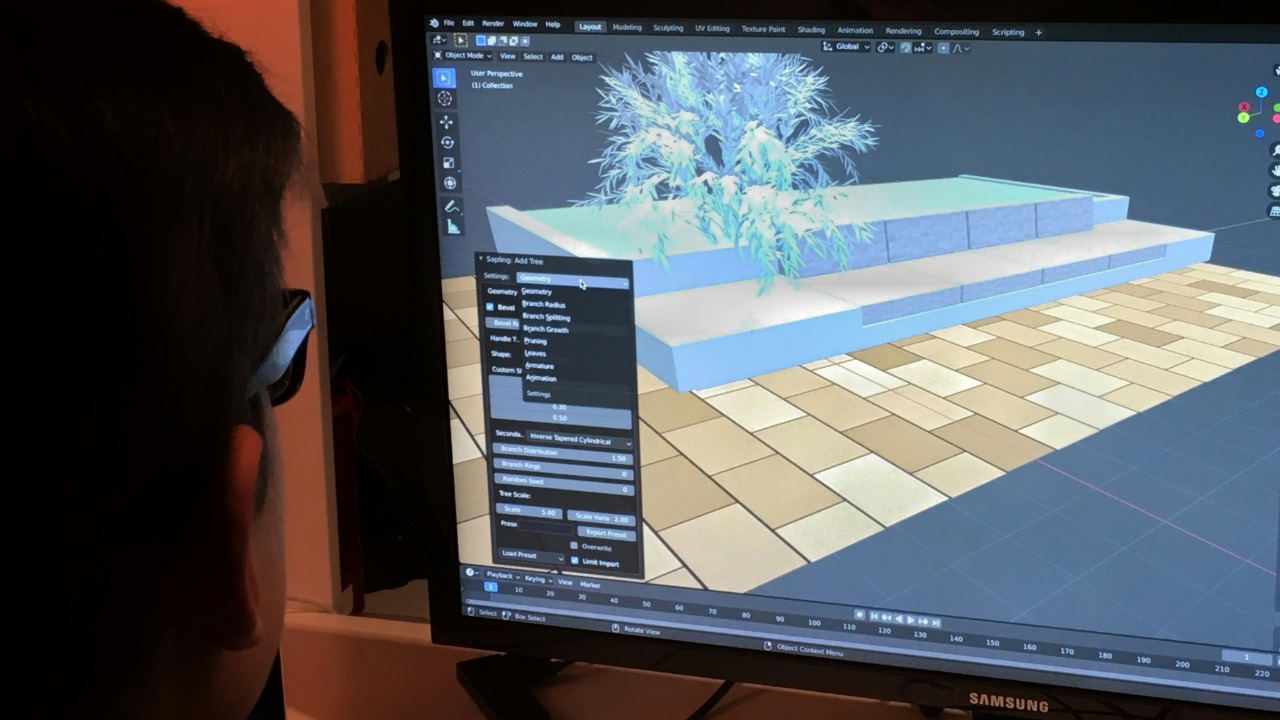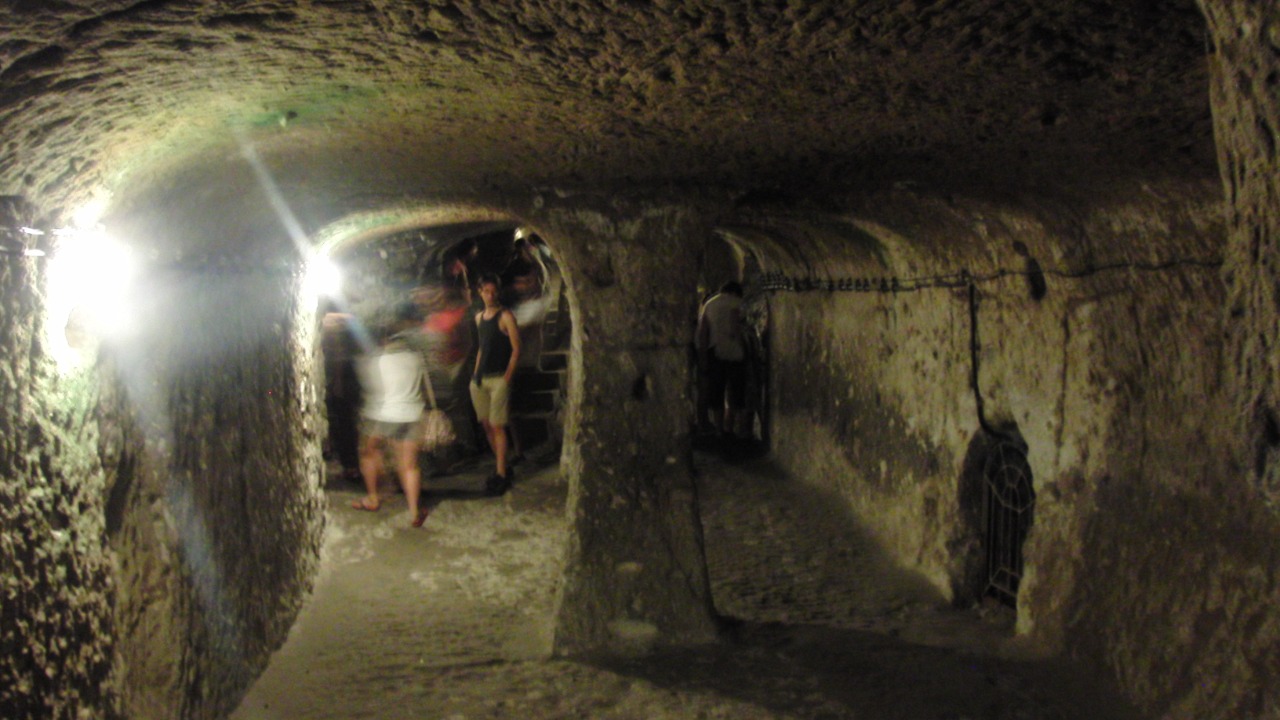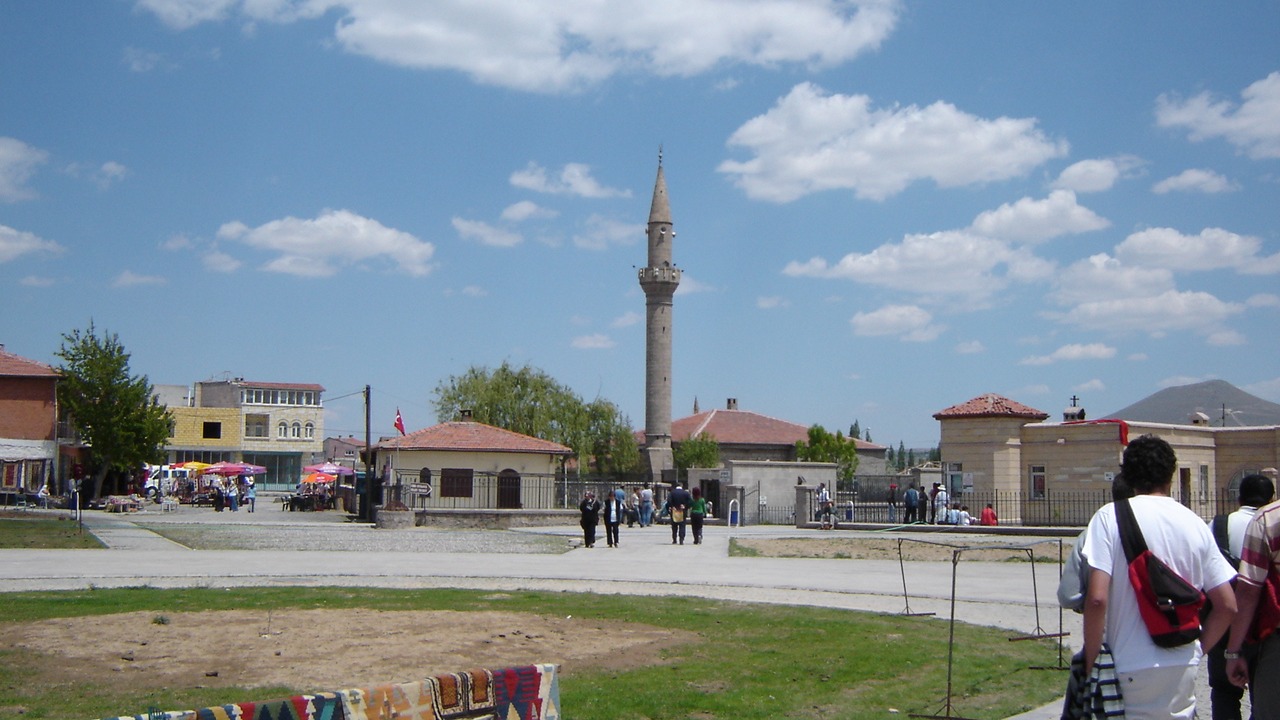
Imagine stepping back in time, immersing yourself in the sounds of an ancient civilization. This is now possible with the creation of a 3D virtual soundscape that has brought the ancient Turkish underground city of Derinkuyu to life. This innovative project offers an auditory journey into how the city may have sounded 2,000 years ago, thanks to the meticulous work of scientists using advanced technology and careful research.
Background of Derinkuyu

Derinkuyu is an ancient underground city located in Turkey. Its historical and archaeological significance is immense, offering a unique glimpse into the past. The city is a marvel of ancient engineering, with its complex network of tunnels, rooms, and ventilation shafts. It is believed to have been built during the Byzantine era, around the 7th or 8th century, and could accommodate up to 20,000 people along with their livestock and food stores. The city served as a refuge during times of war and invasion, with its intricate design allowing for effective defense and sustainability. source
The city of Derinkuyu is not just an underground city, but a subterranean metropolis, complete with areas for sleeping, stables for livestock, and communal rooms for meetings and ceremonies. It also includes wineries, oil presses, and even chapels, indicating a well-rounded community life. The city’s design is a testament to the ingenuity of its builders, with its complex system of doors and passages designed to be sealed from the inside, providing protection against invaders. The city’s ventilation shafts, which also served as wells, ensured a constant supply of fresh air, even when the city was sealed off. The city’s depth reaches up to 85 meters, further emphasizing the remarkable engineering skills of the ancient builders. source
Development of 3D Virtual Soundscape

The creation of the 3D virtual soundscape was a complex process involving advanced technology and scientific research. The scientists used a combination of acoustic modeling and digital signal processing to recreate the sounds of the ancient city. This involved capturing the acoustic properties of the underground city and using these to simulate how sounds would have propagated within its confines. The process was not without its challenges, as the unique architecture and materials of Derinkuyu presented unique acoustic properties that had to be accurately modeled. source
The development of the 3D virtual soundscape required a multidisciplinary approach, combining the expertise of archaeologists, acousticians, and computer scientists. The team began by conducting detailed surveys of the city, using laser scanning technology to create a precise 3D model of the site. They then used this model to simulate the acoustic environment of the city, taking into account factors such as the size and shape of the rooms, the materials used in construction, and the likely sources of sound. The team also conducted extensive research into the sounds of the period, studying historical texts and archaeological evidence to identify the types of sounds that would have been common in the city. The result is a soundscape that is not only technically accurate, but also historically informed. source
Experiencing Derinkuyu through the Soundscape

The 3D virtual soundscape provides an immersive experience, allowing users to hear what life may have sounded like in Derinkuyu 2,000 years ago. The soundscape includes the noises of everyday life, such as the chatter of people, the clatter of tools, and the sounds of animals. These sounds give a sense of the hustle and bustle of the city, providing a vivid auditory picture of life in ancient Derinkuyu. The soundscape not only offers an engaging way to experience history, but also provides valuable insights into the activities and lifestyle of the people who lived in the city. source
Experiencing the 3D virtual soundscape is like stepping into a time machine. As users navigate through the virtual city, they can hear the sounds of the past all around them. They might hear the echo of footsteps in a narrow corridor, the murmur of voices in a crowded room, or the clang of metal as a blacksmith works at his forge. The soundscape also includes more subtle sounds, such as the rustle of clothing, the crackle of a fire, or the distant sound of a dog barking. These details add to the realism of the experience, making users feel as if they are truly walking through the streets of ancient Derinkuyu. The soundscape is also interactive, with the sounds changing in response to the user’s movements and actions. source
Implications and Future Applications

The creation of the 3D virtual soundscape has significant implications for the study and understanding of history. It offers a new way to engage with the past, providing a sensory experience that goes beyond visual representations. This technology could be applied to other archaeological sites, offering new insights into ancient civilizations. The future may even see the integration of other senses, such as smell and touch, into these virtual experiences, creating even more immersive and realistic representations of the past. source
The success of the Derinkuyu project has opened up new possibilities for the use of sound in the study of history. By recreating the sounds of the past, scientists can gain a deeper understanding of how people lived and interacted in different historical periods. This could lead to new insights into areas such as social organization, cultural practices, and technological development. The technology could also be used in education, providing students with a more engaging and immersive way to learn about history. In the future, we could see the development of virtual reality experiences that combine sound, visuals, and even tactile feedback to create a fully immersive journey into the past. The potential applications of this technology are vast, and we are only just beginning to explore them. source